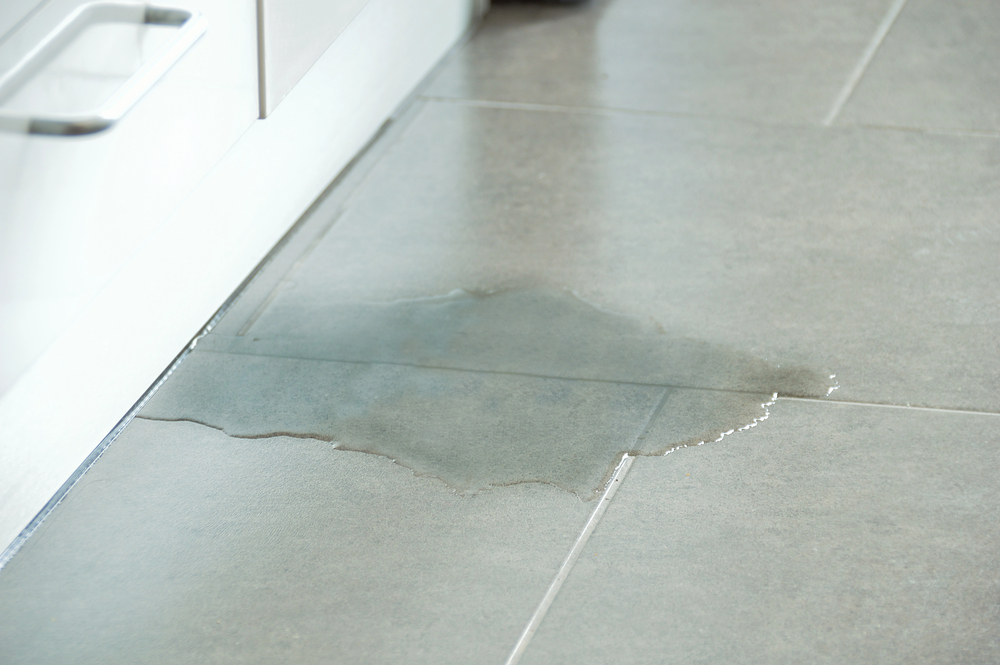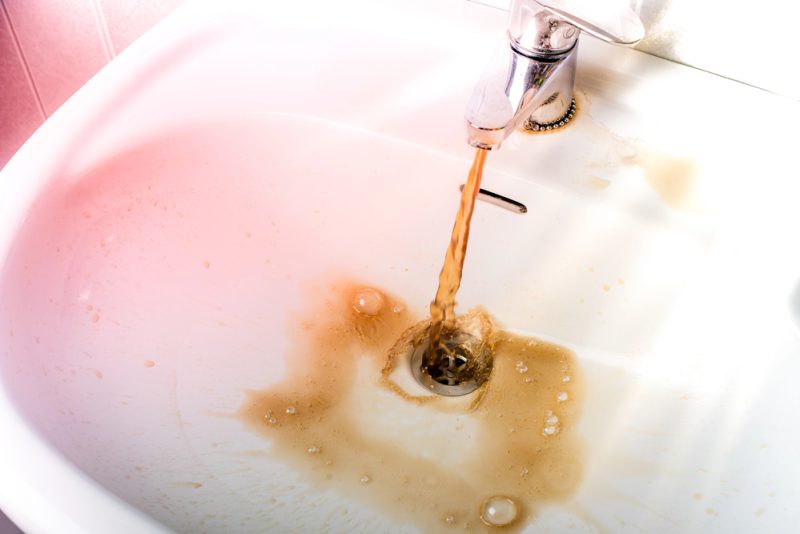Maintaining proper plumbing in a business isn’t just about convenience; it’s a matter of safety.
Leaky pipes, clogged drains, and malfunctioning toilets can lead to a series of unfortunate events that can jeopardize the safety of employees and customers alike.
Understanding how poor plumbing can manifest into real safety hazards helps business owners take proactive measures.
Water Quality and Contamination Risks
One of the first areas to consider is water quality. Contaminated water can serve as a breeding ground for harmful bacteria and viruses.
If plumbing systems are compromised, pollutants can easily seep into the drinking water supply. This contamination can lead to serious health issues for anyone consuming the water.
Inadequate filtration or aged pipes increases the likelihood of lead and other toxic substances leaching into the water supply.
Employees and customers could unknowingly consume unsafe water, leading to disease outbreaks that can cost a business dearly in terms of liability and loss of reputation.
Ensuring quality plumbing work for homes and businesses can help prevent these types of contamination risks.
Slips and Falls from Leaks
Water leaks are a common plu mbing issue that often goes unnoticed until it’s too late.
mbing issue that often goes unnoticed until it’s too late.
Puddles can form on floors, creating slippery surfaces that pose a significant risk for slips and falls.
Non-slip mats may help, but they’re not foolproof. Once someone takes a spill, not only do you face potential injury claims, but there’s also the disruption to business operations.
Regular maintenance checks can identify leaks early, but neglecting this essential aspect can result in costly accidents.
It’s crucial to inspect plumbing for leaks routinely to mitigate risks and maintain a safe environment.
Mold Growth and Air Quality Concerns
Persistent moisture from plumbing issues can create ideal conditions for mold growth.
Mold spores are not just unsightly; they can also trigger allergic reactions and respiratory issues in employees and customers.
Poor indoor air quality can lead to a host of health complications, from asthma to chronic sinusitis.
If mold becomes prevalent, it could necessitate expensive remediation efforts, and the business could face legal action from affected individuals.
Keeping plumbing in good shape directly impacts air quality and overall health in the workplace.
Fire Hazards from Hot Water Systems
Water heaters and boilers represent another potential hazard if not properly maintained.
Faulty hot water systems can lead to leaks, pressure build-up, or even explosions in the most severe cases.
When these systems malfunction, the risks escalate, creating fire hazards that can endanger everyone in the building.
Regular inspection of these systems is vital, as minor repairs can prevent catastrophic failures.
Knowledgeable staff should be aware of emergency shut-off valves and safety protocols concerning the hot water systems to minimize risks.
Drainage Problems Leading to Sewage Backups
Clogs can result from a variety of materials accumulating in drain pipes.
Food debris, grease, and foreign objects can lead to backups that cause sewage to overflow into the business premises.
This not only creates a health hazard but also leads to property damage, requiring costly repairs.
Sewage exposure can result in serious illnesses, including gastroenteritis and hepatitis.
Regular maintenance and educating staff on proper disposal methods can significantly reduce the likelihood of these hazardous backups.
Pressure Issues Affecting Fire Safety Systems
Inadequate water pressure can also jeopardize a business’s fire safety system. Sprinkler systems depend on a reliable water supply to function effectively in emergencies.
If plumbing issues lead to decreased water pressure, these systems may fail to operate when they’re needed most.
Regular checks on plumbing infrastructure can ensure fire safety systems are adequately supported.
Fire inspections should include an assessment of the water supply and pressure to ensure compliance with safety regulations.
Stress on Infrastructure
Poor plumbing can place undue stress on a building’s infrastructure. Water damage can weaken walls, floors, and ceilings, leading to structural integrity issues.
Over time, this can result in costly repairs that may disrupt business operations or even lead to temporary closures.
Regular plumbing maintenance can help avoid these issues. It’s essential to address minor plumbing problems before they escalate into significant structural concerns that threaten overall safety.
Employee Productivity and Morale
The indirect effects of poor plumbing can significantly impact employee morale and productivity.
Constant leaks, unpleasant odors, and unsanitary conditions can create a stressful work environment.
Employees may find it difficult to concentrate or feel comfortable in a business that seems neglected.
Happy employees are often more productive. Investing in proper plumbing not only protects safety but also fosters a healthier work atmosphere.
Employees are generally more engaged in a clean and well-maintained environment.
Legal and Financial Ramifications
The implications of poor plumbing extend beyond physical safety. Businesses can face legal repercussions if they fail to maintain a safe environment.
Employees or customers injured due to plumbing-related issues may pursue lawsuits, leading to costly settlements.
Insurance policies may not cover all types of plumbing-related damages, increasing out-of-pocket expenses.
It’s wise to consult legal experts to understand the liabilities associated with plumbing issues, and to create an action plan for preventing potential hazards.
Environmental Impact
Lastly, failing plumbing can have adverse effects on the environment. Leaking pipes can waste thousands of gallons of water, contributing to resource depletion.
Businesses today are under increased scrutiny regarding their environmental footprint.
By ensuring plumbing systems are efficient and leak-free, companies can not only save on utility costs but also demonstrate a commitment to sustainability.
This enhances their reputation and aligns with consumer preferences for environmentally responsible practices.








